Imagine if we could create miniature forests, lush with diverse plant life, that bring the magic of the wilderness right into our neighborhoods. That’s not just a daydream—it’s a reality being created through the innovative concept of micro-forests. These tiny but mighty ecosystems are becoming key players in healing our planet, one small forest at a time. Let’s embark on a journey to discover how these small-scale forests are making a big impact.
The Importance and Benefits of Micro-Forests
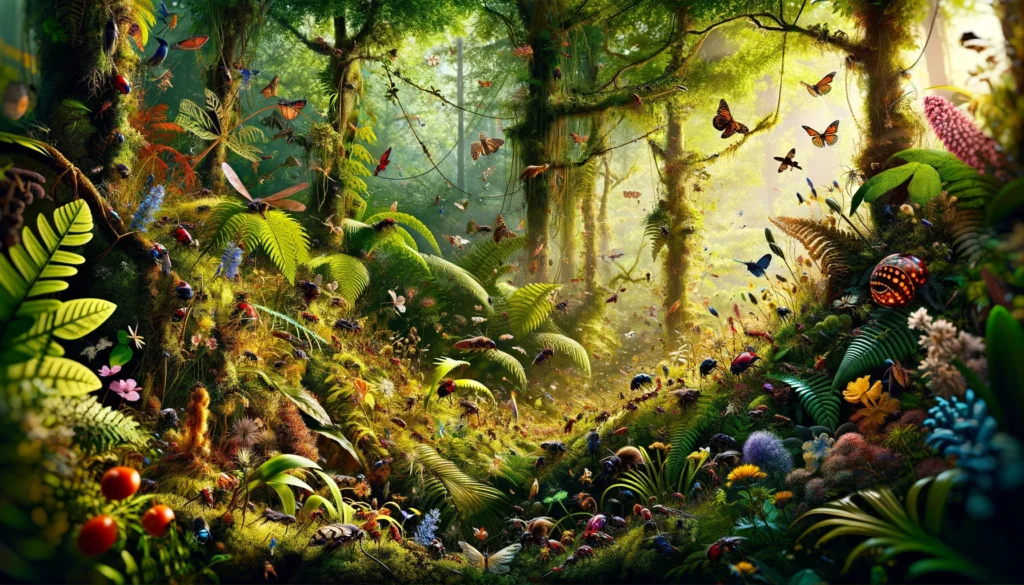 Biodiversity
Biodiversity
Micro-forests are like nature’s own intricate puzzles, pieced together with a variety of native plants and trees. This diversity turns a small plot of land into a thriving hub for birds, insects, and small mammals, mimicking the rich biodiversity of larger traditional forests. Imagine a miniature jungle in your backyard, bustling with life.
Climate Change Mitigation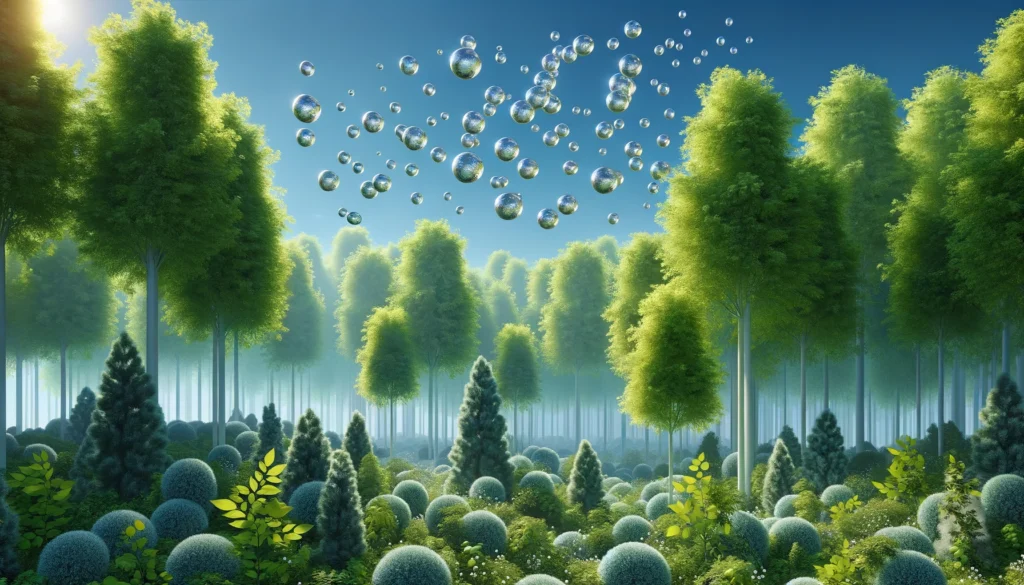
These pint-sized forests are not just about beauty; they’re powerful warriors in the fight against climate change. By absorbing carbon dioxide at a rate ten times faster than their larger counterparts, micro-forests pack a punch in purifying our air. They’re like natural sponges, soaking up harmful carbon and helping us breathe a little easier.
 Urban Cooling
Urban Cooling
On a hot summer day, micro-forests offer a cool retreat. In cities, where concrete jungles amplify the heat, these green oases can lower temperatures, providing natural air conditioning. This not only makes our urban spaces more comfortable but also reduces the need for energy-hungry air conditioners.
Pollution Reduction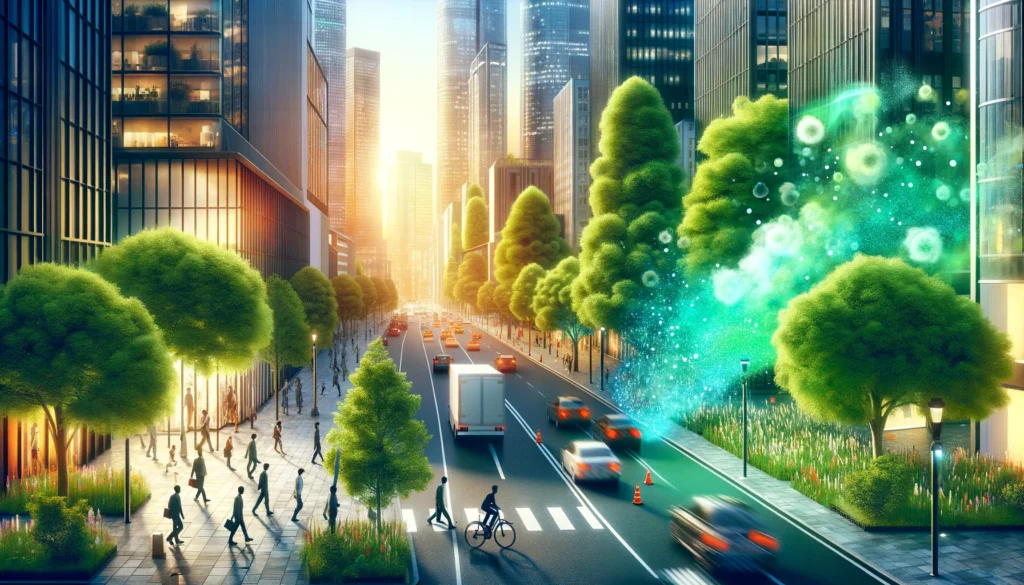
Micro-forests are nature’s own air purifiers. In areas where air quality is compromised, these small forests work tirelessly to filter out pollutants, granting us cleaner air. It’s like having a team of tiny environmental heroes at our doorstep, fighting pollution one breath at a time.
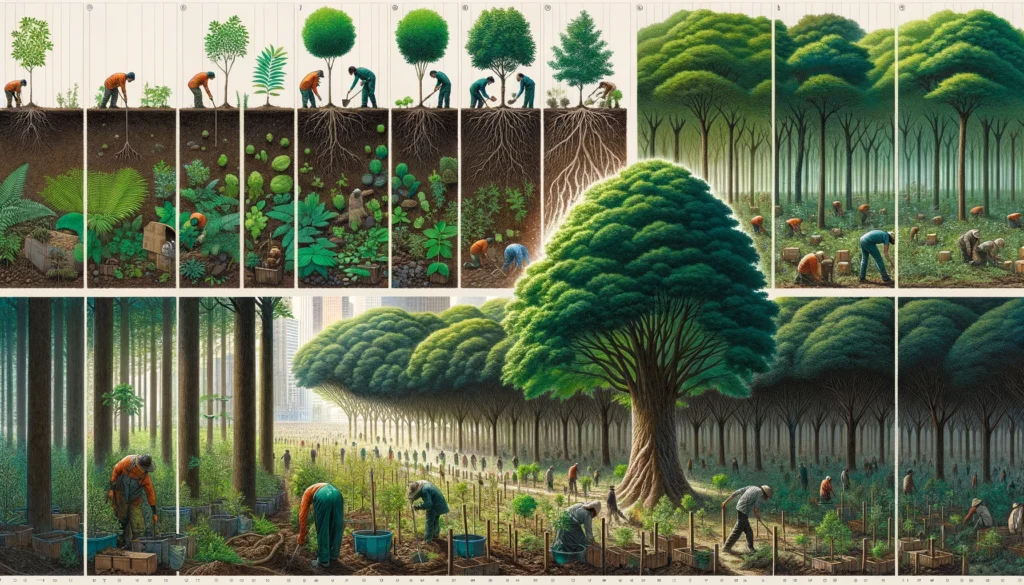 The Miyawaki Method
The Miyawaki Method
Behind this green revolution is a technique known as the Miyawaki method, named after the Japanese botanist Akira Miyawaki. This method is a game-changer, allowing for the creation of dense, self-sustaining forests in just a few decades. By enriching the soil and planting a variety of native species close together, these forests grow quickly and robustly. It’s a fast track to turning barren lands into vibrant ecosystems.
Challenges and Considerations
Urban Wildlife
With great biodiversity comes great responsibility. Introducing a micro-forest into urban areas can attract a range of wildlife. While this is a sign of a healthy ecosystem, it can also present challenges, such as managing the presence of wildlife in close proximity to homes.
Maintenance
The initial years of a micro-forest require tender loving care to ensure the young plants thrive. Regular monitoring and maintenance are crucial during this phase, setting the foundation for a forest that will one day take care of itself.
Space and Costs
Urban spaces are often at a premium, and establishing a micro-forest comes with its own set of costs. However, the long-term environmental and social benefits offer a compelling argument for investing in these green spaces.
The Global Movement Towards Micro-Forests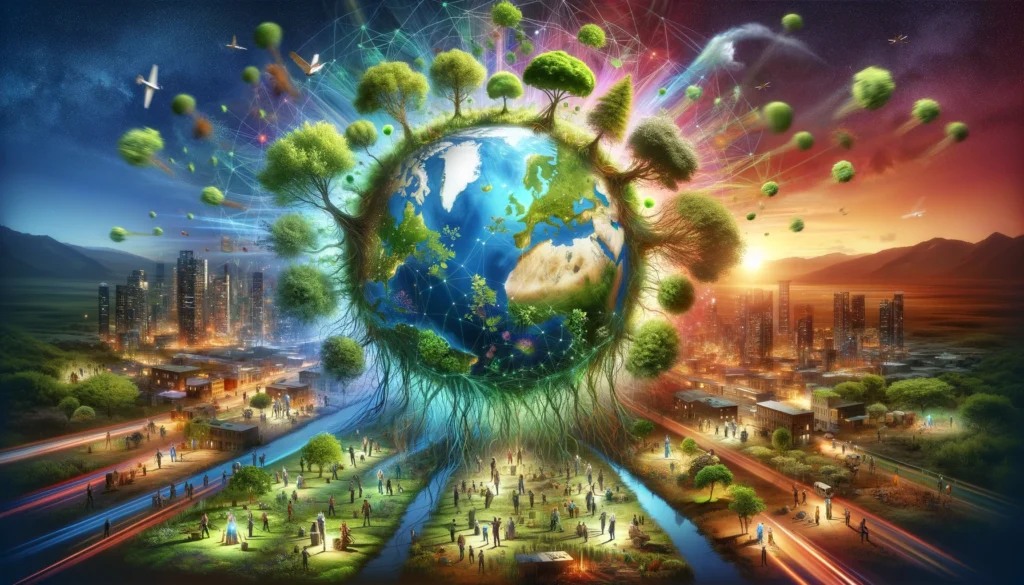
Around the world, communities are embracing the idea of micro-forests, recognizing their potential to restore natural habitats and combat climate change. Each new micro-forest is a step towards a more resilient and sustainable planet. From city parks to backyard gardens, these forests are sprouting up, bringing nature closer to home.
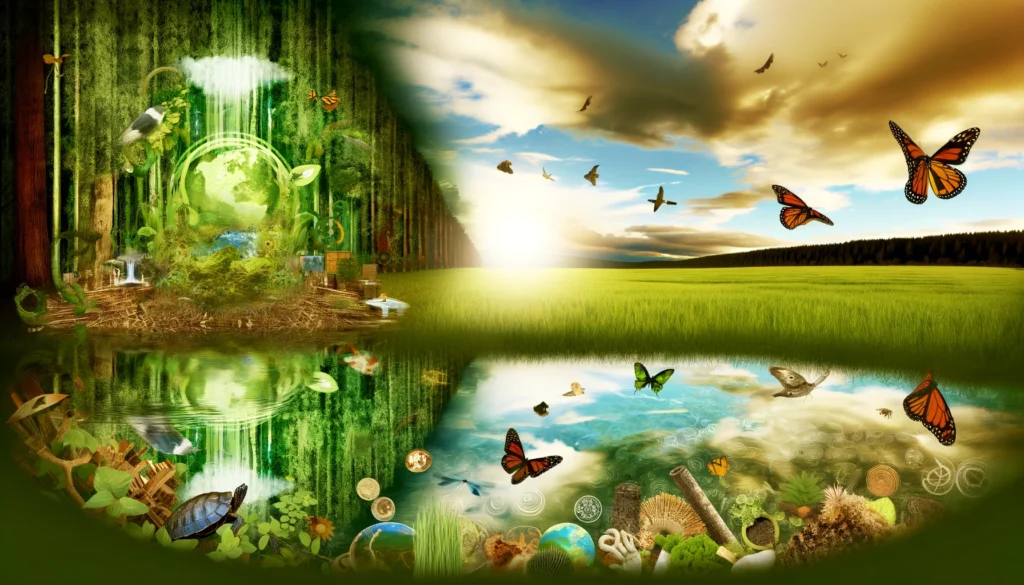 Conclusion
Conclusion
Micro-forests are more than just a novel idea; they’re a testament to what can be achieved when we think creatively about our relationship with nature. By fostering biodiversity, fighting climate change, and enhancing our urban environments, these tiny forests have a big role to play in our collective future. As we continue to explore and support the growth of micro-forests, we’re not just planting trees—we’re planting hope for a greener, healthier world. Let’s keep the conversation going and the forests growing.
Author’s Note:
This blog is a journey into how these tiny ecosystems are making a significant impact on biodiversity, climate change mitigation, and urban living. I hope that you find inspiration in the potential of micro-forests to transform both our environments and the way we think about nature conservation. Happy reading, and may you be inspired to see the big picture in the smallest of forests.
G.C., Ecosociosphere contributor.
References:
- The Power of Microforests In Slowing Down Climate Change | Earth.Org
- Micro Forests: Macro Changes Toward Reducing Climate Change — Boyer Sudduth
- What is a micro-forest? – AKF | The Learning Hub

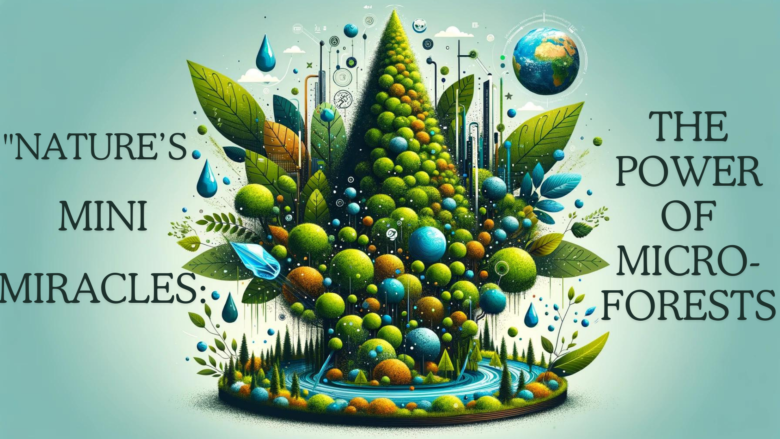
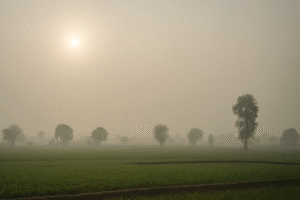
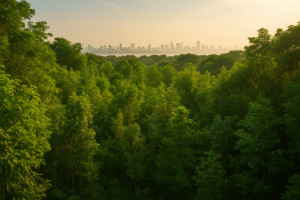
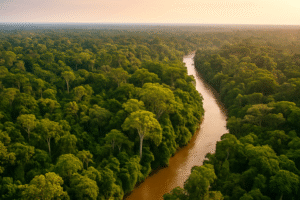
Comments
Your article helped me a lot, is there any more related content? Thanks!
Your point of view caught my eye and was very interesting. Thanks. I have a question for you.
Your point of view caught my eye and was very interesting. Thanks. I have a question for you. https://www.binance.com/uk-UA/register?ref=W0BCQMF1
Your article helped me a lot, is there any more related content? Thanks!